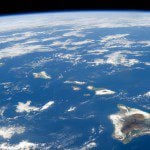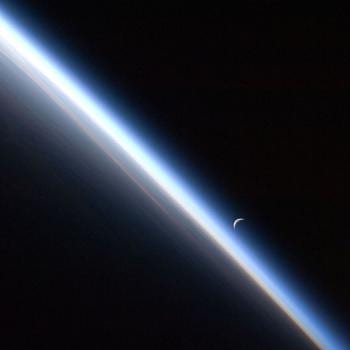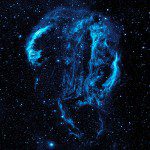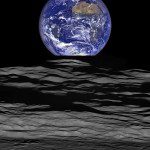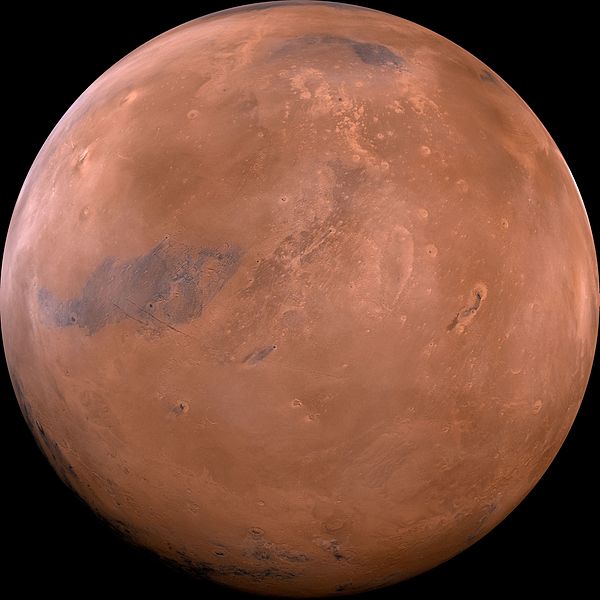
An Israeli-American and an Orthodox Jew, Gerald L. Schroeder teaches at Jerusalem’s College of Jewish Studies. He earned B.Sc., M.Sc., and Ph.D. degrees from the Massachusetts Institute of Technology (MIT) in nuclear physics and in earth and planetary sciences.
In his book God According to God: A Scientist Discovers We’ve Been Wrong About God All Along (New York: HarperOne, 2009), he discusses, among other things, our rather special location among the planets orbiting our sun:
Mars is already too far from the sun for tidal locking. It revolves around the sun in 687 of our days and rotates each 24.6 hours, a match of the earth’s rotation rate. But at 228 million kilometers from the sun, insufficient solar radiation reaches it. Average surface temperature is minus 50 degrees C (minus 58 degrees F). Mars is also much smaller than the earth, with one-tenth the earth’s mass and just over half the earth’s diameter. Its gravity is too weak to hold a deep atmosphere. Surface atmospheric pressure is approximately 1 percent of earth’s. Though the surface topography of Mars shows geological signs of past water-derived erosion, there are no clear signs of abundant liquid water on its surface today. Its weak gravitational field may have allowed the gradual loss of water vapor to space. If the locations of earth and Mars were reversed, there’d be a slim chance of life larger than one-celled microbes developing on either planet.
The next planet past Mars, or more accurately stated, the debris that might have formed into [a] planet were it in another location, is the asteroid belt. That ring of stellar debris, rocks and boulders, might have coalesced into a planet, had it not been for the huge disruptive gravitational forces of giant Jupiter, the next planet in the solar system. The gravity of Jupiter working against the gravity of the sun literally tore apart any cohesive groupings of these asteroid rocks that might have formed into a planet.
The distance between the asteroid belt and Jupiter is similar to the distance between the asteroid belt and the sun. Had a planet the mass of Jupiter been able to form in the region now occupied by the asteroids, then, just as the gravitational force of Jupiter has obviated the possibility of a planet forming at that distance, the gravitational force of the hypothetical Jupiter-like planet located in the asteroid belt would have torn apart any inner planets between it and the sun, the earth included. There’s be no planet within the habitable zone of the solar system. Are we seeing the hidden hand of God at work here? Perhaps. (67-68)



